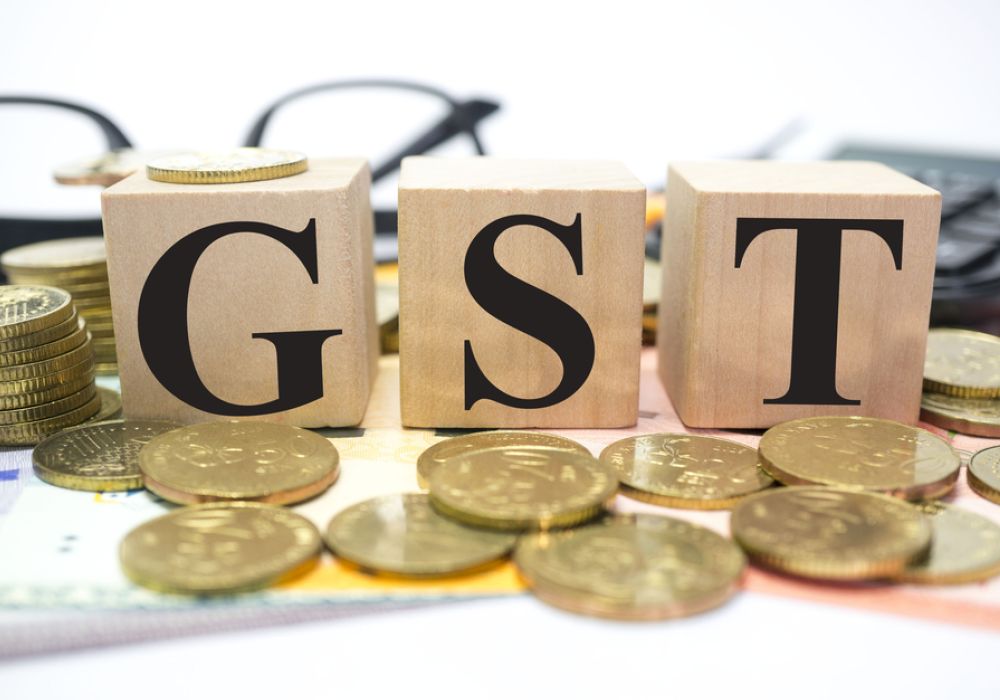This could be purely coincidental. But the Goods and Services Tax (GST) in India was introduced as the 101st amendment to the Constitution. That’s the best Shagun and an auspicious number in itself to make sure it has a successful rollout, eventually!
For a while now, there has been enough said about the impact of GST on the mushrooming ecommerce industry in India. In some cases, they have begun sounding more like debates around whether GST is a boon or a bane for ecommerce. To my mind, this is a classic case of too much noise being made around a few relatively trivial issues in a much larger scheme of things.
To put this in perspective, the thing that matters most is that, finally, India is on the verge of implementing its largest tax reforms since independence. No other country of similar size and complexity has attempted such a mammoth task before. It unambiguously helps us simplify our tax structures and systems, helps goods move seamlessly across the country, spurs growth and improves ease of doing business.
This is one of the best things that could have happened for ecommerce, particularly B2B ecommerce, in the country. Online platforms and marketplaces will now truly be able to maximise the benefits of distributed inventory, without having to deal with variables such as taxation optimisation. Various states imposing entry taxes and the way-bill documentation complications, which restrict or escalate costs for marketplaces, will soon be a thing of the past.
It is clearly settled that the implementation of GST in India, is by and large, a boon for all businesses! There is no two ways about it.
Having said that, there are some pertinent challenges that need the attention of the GST Council. In context of the ecommerce industry, these challenges are centred around the following:
- Tax Collection at Source (TCS).
- Treatment of sales returns, cancellations, replacements, and discounts.
- Ambiguity around a few specific clauses in the GST draft bill.
How To Combat These Challenges
According to the draft bill, the e-commerce platforms will be liable to collect TCS on the sale of goods and services made by the supplier. It will be the responsibility of e-commerce platform to file monthly and annual returns.
This obviously puts a huge accounting burden on the ecommerce platforms given the fact that there are now lakhs of sellers concluding millions of transactions on these platforms.
To be fair to a fledging yet fast-growing industry like ecommerce, the burden of tax collection should not be put on the platform. This should remain restricted to the extent of data sharing at seller-level, with the tax authorities, the way it is being done in Delhi and Rajasthan currently. It is a fair ask, since there is no such obligation on any other business model as part of the draft bill.
Due to a fairly high component of COD for most ecommerce platforms, returns and cancellations rate still amount to nearly 20% and cash reconciliations take anywhere between 7-15 days. This is in stark contrast to most other offline business models.
Returns happening in months different from the month of sales booking, replacements being done from different states’ sellers, inter-state cancellations are fairly common scenarios. There is much greater clarity required in the draft GST bill on the treatment of such cases and how it impacts TCS calculations.
Also, the value of goods sold in context of discounted products is still ambiguous. Clearly laid out guidelines for the same are needed before roll-out.
Clearly, there has been an attempt made for the first time by Indian regulation to recognise the emerging tech-based business models ahead of implementation. For instance, there are definitions in place for Operators and Aggregators. But a lot more in-depth work needs to be done to be able to eliminate ambiguity completely.
A lot of issues such as treatment of inter-state stock transfers, point of taxation, place of supply and registration requirements in case of e-commerce platforms remains shrouded in ambiguity.
The last thing that the industry needs is, too much being left to the interpretation of local authorities. That will only end up defeating the whole notion of One Nation, One Tax.
However, these are some relatively minor hurdles that need to be crossed, considering the distance that we have covered. It has taken over 15 years for us to get here, since the Atal Bihari led government set up the Empowered Committee in 2000 to streamline the GST model. There is hope that all valid concerns shall be addressed by the GST council.
In Conclusion
These final hurdles seem minor in contrast to the huge positive productivity impact that we shall see in India’s logistics and warehousing industry, the improvement in ease of doing business in the country and the simplification of taxation for businesses. Most ecommerce companies have their roots in a strong startup culture and realise that complex change is mostly incremental and not necessarily perfect from inception. A less-than-perfect GST can be improved with time and is bound to be better than the complex taxation web that we are currently operating in.
In conclusion, I think the current government has demonstrated its clear intent to take bold decisions and push through reform, in its recent demonetization move. There is substantial hope that we will see similar intent while implementing GST as well as per timelines, keeping in mind the Good, Bad and Ugly aspects of it.
Learn more about Accounting Outsourcing at Aristotle Consultancy
Source – ETRetail






